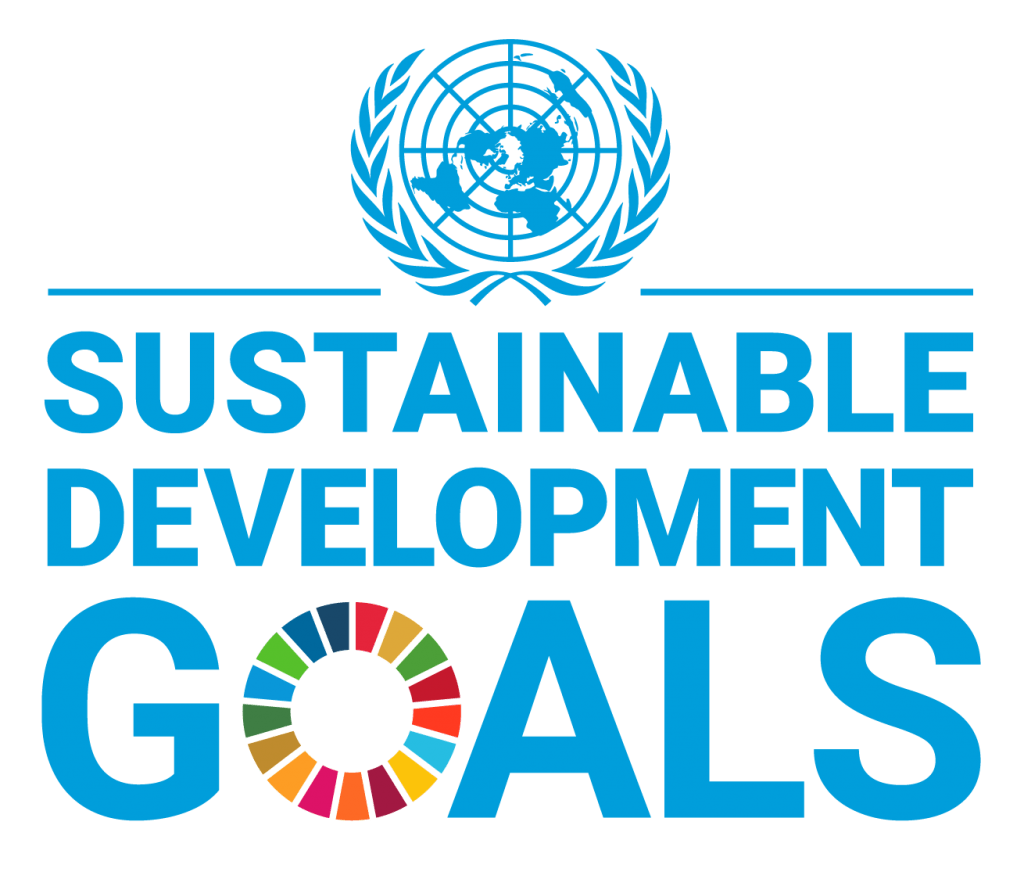Making science matter
in policy-making where nature countsARIES has been in development since 2007 and in use since 2008 in various releases of increasing sophistication. Its underlying open-source software – k.LAB – can be accessed online already. The decision to seek a more complete scientific narrative for discourse about ecosystem services was born out of a realization that overly simplified conceptual frameworks could lead to inaccurate policy decisions. ARIES strives to quantify the benefits that nature provides to society in a manner that accounts for dynamic complexity and its consequences, but keeps models clear enough to users to remain understandable, usable, and adaptable to conditions of varying data availability. Since the beginning of ARIES, we have concentrated our efforts on two main innovations:
- An extension of ecosystem services science to renew its focus on beneficiaries and the spatial and temporal dynamics of flows.
- The capability to automatically assemble the most appropriate models to a region of interest, based on a simple user query, using modular model components and data chosen according to context.
Understanding complex links between nature and people
Nature provides diverse benefits to human society: food, fuel, and clean water, raw materials for industry, places to absorb waste products from industries and households, crop pollination, buffering from natural disasters, and places for recreation, relaxation, and inspiration.
Recent decades have seen massive societal change – population growth and migration into cities, industrialization and economic development across the developing world, and ecological challenges ranging from climate change, agricultural intensification, and fisheries depletion. In today’s world, economic challenges cannot be addressed without considering environmental change, drivers, and feedback – nor can environmental challenges be isolated from economic ones.
To be relevant to policy and decision making, scientific tools must consider the linkages between people and nature – termed “coupled human-natural systems.” ARIES integrates scientific data and models that simulate and integrate environmental and socioeconomic systems, deepening our understanding of the natural world and of how the choices society makes can impact future economic prosperity and environmental sustainability.

Contributing to a new vision of development
Building on the success of the Millennium Development Goals, a series of targets adapted by the international community to foster economic, environmental, and social progress from the years 2000 to 2015, the United Nations and other international bodies endorsed a new generation of Sustainable Development Goals (SDGs).
Aimed to reduce poverty, improve human health and literacy, and combat climate change and other challenges, achievement of the SDGs will require individual countries and the international community to navigate complex trade-offs and policy alternatives.
Tools like ARIES that can track and forecast progress toward environmental and economic targets will be integral in highlighting these trade-offs and tracking progress toward more sustainable forms of regional, national, and international economic development.
Toward an integrative, data-intensive scientific method
We face a world where data – scientific information collected by earth observing satellites, airborne, land, and water-based sensor networks, and crowdsourced observations continue to grow. In the past, scientists worked as individuals or in small collaborative teams to answer local to regional environmental and social questions. In today’s world, we need a scientific approach that allows researchers to better communicate, collaborate, and build on each others’ work in a world of expanding data availability and computer processing power. As a network collaboratory, ARIES scientists are developing protocols to share data and models in a cloud-based environment. This approach enables continual re-use and expansion of scientific data and models. As we progress into an age of “big data,” we can better leverage the power of new datasets, forging an international network of scientific collaborators capable of using Earth observation data to understand past environmental and social trends and predict how today’s decisions will impact tomorrow’s society.
Solving today’s environmental-economic challenges
ARIES’ underlying software, k.LAB, is designed to address linked socioeconomic-environmental modeling problems, which include ecosystem services, the economic benefits nature provides to people, as well as other modeling problems. ARIES can accommodate a range of different users and user needs, including scenarios, spatial assessment and economic valuation of ecosystem services, optimization of payments for ecosystem services programs, and spatial policy planning. The table below provides examples of ARIES approaches that match diverse user needs. Each ARIES project can contain one or more of the following approaches based on user needs and priorities.
|
ARIES use |
Sample questions |
Spatial scale |
| Spatial mapping and quantification of ecosystem services |
|
Local to National |
| Spatial economic valuation of ecosystem services |
|
Local to National |
| Natural capital accounting |
|
Local to National |
| Optimization of payment schemes for Ecosystem Services (PES) |
|
Watershed to Regional |
| Conservation planning |
|
Local, watershed, regional |
| Spatial policy planning |
|
Local, watershed, regional |
| Forecasting of change in ES provision |
|
Local, watershed, regional |